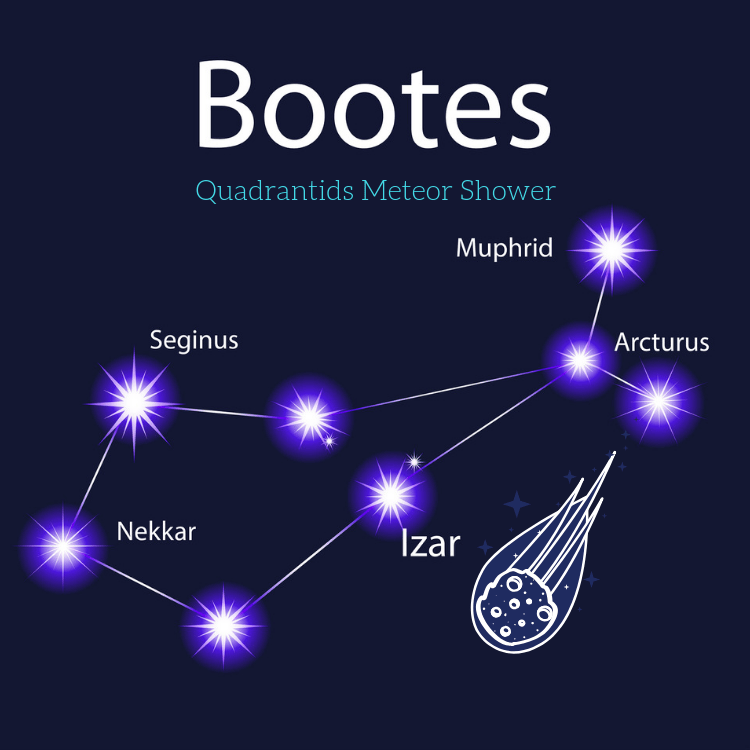Astronomical and Astrological Events January 2019

2019 starts with a busy schedule of astrological events.
Astrology – New Year Starts Hosting Series of Astronomical & Astrological Events
The New Year 2019 will barely begin, and an incredible astronomical phenomenon will appear in the sky for us to observe. The total lunar eclipse will happen at dawn on January 21. The phenomenon will be accompanied by a Super Blood Wolf Moon – the moment when our natural satellite enters its perigee, that is, it arrives at the closest point with Earth in its monthly orbit — around the same time as a full moon. The moon looks slightly larger and brighter than average at these times. Traditionally, the New Years’ supermoon is called Wolf Moon.Being at an incredible 364,000 kilometers from Earth in its perigee, the Moon could be up to 14% larger and 30% brighter in the sky. That same night, when it reaches a certain point in Earth’s orbit, our planet will line up between the Sun and the Moon and cast its shadow on the surface of the satellite – making the Super Full Moon go dark for a few hours.
Astrological Events January 2019 – Planetary Alignments
Moreover, as we look forward to the total lunar eclipse of January 21, a planetary alignment will take place on the first dawn of the year, involving our Moon, Venus, Jupiter, and even Mercury. Just before dawn on Tuesday, Jan. 1, the planets formed the exciting setting in the sky.
At the highest elevation will be the Moon, with 20% of its disk illuminated by the Sun, which will still charm the alignment. Just below will be Venus, the hottest planet in the solar system, with enough magnitude to be brighter than any star in the sky. Jupiter, the largest planet in our system, will be beneath Venus with an incredible glow. To conclude, Mercury, the first planet in the order of the solar system, will also be visible at the lowest elevation of the alignment.
Do not despair; this phenomenon means no end of the world or catastrophe, just a beautiful setting to observe in the sky. However, stay tuned, Mercury will only be visible to those who have a good view of the horizon in the East direction, after all, the planet will not rise much in the sky compared to other stars. The alignment itself already begins at 4:30 am, with only the Moon, Venus, and Jupiter in the heaven – only Mercury that is born a little later at 5:20 a.m.
The Planet Neptune is in Retrograde in the sign of Pisces from the first of January till the 21st of June. Neptune moves into retrograde approximately every year for around 150 days. When Neptune goes retrograde our spirituality, inner tranquility, and vision become the focus of our lives.
Calendar of Astronomical and Astrological Events January 2019
January 3, 4 – Quadrantids Meteor Shower. The Quadrantids is an above your average meteor shower, with up to 40 meteors per hour at its peak. It is thought to be produced by dust grains left behind by an extinct comet known as 2003 EH1, which was revealed in 2003. The shower runs annually from January 1-5. It peaks this year on the night of the 3rd and morning of the 4th. The moon will be a thin crescent and should not interfere with what could be a good show this year. Best viewing will be from a dark location after midnight. Meteors will radiate from the constellation Boötes but can appear anywhere in the sky.
January 6 – New Moon in Capricorn. The Capricorn new moon brings the possibilities to start anew on your professional or business career. Metaphysically when related to an eclipse, It announces a reasonable period for Karmic settlements. The Moon will be located on the same side of the Earth as the Sun and will not be visible in the night sky. This phase occurs at 01:28 UTC. This is the best time of the month to observe faint objects such as galaxies and star clusters because there is no moonlight to interfere.
January 6 – Venus at Greatest Western Elongation. The planet Venus reaches greatest eastern elongation of 47 degrees from the Sun. It is the best time to view Venus since it will be at its highest point above the horizon in the morning sky. Look for the bright planet in the eastern sky before sunrise.
January 6 – Partial Solar Eclipse. A partial solar eclipse occurs when the Moon covers only a part of the Sun, sometimes resembling a bite taken out of a cookie. A partial solar eclipse can be safely observed with a special solar filter or by looking at the Sun’s reflection. The partial eclipse will be visible in parts of eastern Asia and the northern Pacific Ocean. It will be best seen from northeastern Russia with 62% coverage.
January 21 – Full Moon, a Supermoon in Leo. The Moon will be located on the opposite side of the Earth as the Sun, and its face will be fully illuminated. This phase occurs at 05:16 UTC. This colorful, full moon was regarded by early Native American tribes as the Full Wolf Moon because this was the time of year when hungry wolf packs howled outside their camps. This moon has also been known as the Old Moon and the Moon After Yule.
The Wolf Moon is also the first of three supermoons for 2019. The Moon will be at its closest approach to the Earth and may look slightly larger and brighter than usual. A Moon in Leo leads us to question and revise the way we relate to the world and the people we love. Take a moment to reflect on what you have as priorities of manifestation during the New Year.
January 22 – Conjunction of Venus and Jupiter. A conjunction of Venus and Jupiter will be visible on January 22. The two bright planets will be visible within 2.4 degrees of each other in the early morning sky. Look for this impressive sight in the east just before sunrise. It is not a time to indulge excesses. Hence Jupiter tends to blow everything out of proportion.
January 21 – Total Lunar Eclipse. A total lunar eclipse occurs when the Moon passes completely through the Earth’s dark shadow or umbra. During this type of eclipse, the Moon will gradually get darker and then take on a rusty or blood red color. The eclipse will be visible throughout most of North America, South America, the eastern Pacific Ocean, western Atlantic Ocean, extreme western Europe, and extreme west Africa.
In addition to these incredible Astronomical and Astrological Events, 2019 holds several meteor showers, planetary conjunctions, and eclipses. Subscribe to OMTimes here or our Facebook page our page to stay connected on upcoming astronomical and Spiritual events and do not miss any of them.
Source of Astronomical and Astrological Events: Astronomy Calendar Of Celestial Events
Creatrix from Sirius. Fairly Odd Mother of Saints (Bernards). Fish Tank aficionado by day ninja by night. Liane is also the Editor-in-Chief of OMTimes Magazine, Co-Founder of Humanity Healing International and Humanity Healing Network, and a Board Member of Saint Lazarus Relief Fund.






